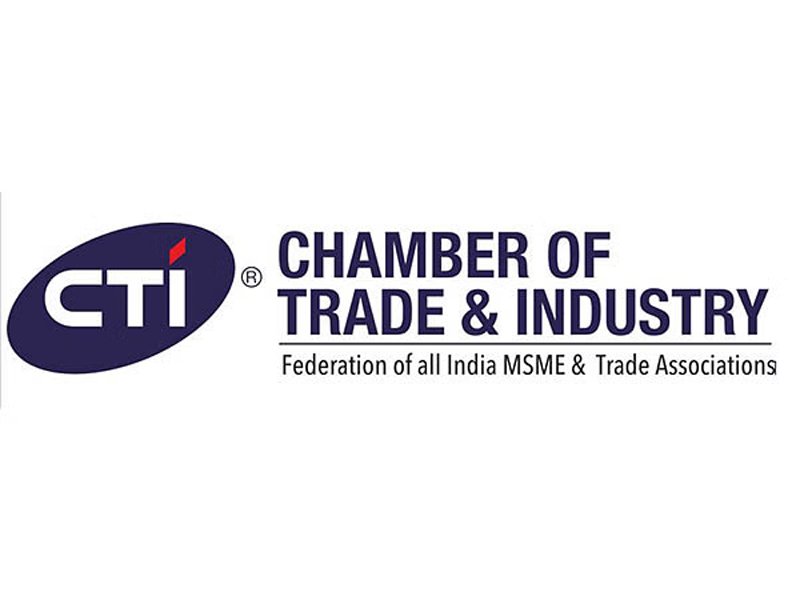Indias Health Insurance Boom: India’s health insurance sector is poised for a significant transformation, with forecasts indicating a growth from USD 15.99 billion in 2024 to USD 38.2 billion by 2032, registering a compound annual growth rate (CAGR) of 11.5%, according to research by SkyQuest. This expansion highlights a growing awareness and demand for health-related financial security among the Indian population. As medical inflation rises and out-of-pocket expenses burden households, more citizens are turning to health insurance as a critical pillar of financial planning.
The growth trajectory of India’s health insurance market can be attributed to a convergence of key drivers. Among the most influential are the escalating costs of healthcare services, including hospitalization, surgeries, and diagnostics, which are often financially crippling for the average family. Alongside this, consumer awareness is evolving, with more individuals now prioritizing health protection through comprehensive policies. Insurance penetration is also improving due to digital access, government schemes, and fintech integration, enabling even rural populations to purchase policies with ease.
This boom is not only reshaping the insurance industry but also altering how Indians perceive and prepare for health emergencies. The focus has shifted from reactive treatments to preventive care and risk mitigation, emphasizing the importance of being insured before a medical emergency occurs. As demand continues to rise, insurance providers are rolling out more affordable, customized, and accessible plans for different income groups, age brackets, and health conditions, ensuring broader inclusivity.
Who Can Apply for Health Insurance in India?
Health insurance in India is open to all Indian citizens, including individuals, families, senior citizens, and even newborns, depending on the policy type. Here’s a breakdown:
- Individual Plans: Suitable for people aged 18-65 years. Some plans even cover up to 99 years.
- Family Floater Plans: Ideal for families with dependent children and spouse.
- Senior Citizen Plans: Tailored for individuals aged 60 years and above.
- Group Insurance Plans: Usually offered by employers to their employees.
- Government Schemes: Like Ayushman Bharat and ESI, cover specific sections of society such as BPL families and employees in organized sectors.
Also read: Bengaluru Tenants Face the Fury of Floods – Here’s How Home Insurance Can Save You
Health Insurance Premium Fees in India
The insurance premium varies based on several factors:
| Category | Age Group | Coverage Amount (INR) | Approx. Annual Premium (INR) |
|---|---|---|---|
| Individual | 18-35 years | ₹5 lakh | ₹5,000 – ₹8,000 |
| Individual | 36-60 years | ₹5 lakh | ₹8,000 – ₹12,000 |
| Family Floater | 2 adults + 2 kids | ₹10 lakh | ₹12,000 – ₹20,000 |
| Senior Citizen | 60+ years | ₹5 lakh | ₹20,000 – ₹30,000 |
| Corporate Plans | N/A | ₹3 – ₹10 lakh | Varies based on group size |
How to Use Health Insurance in India
Using health insurance is simple once you understand the key components:
- Cashless Claims: If you’re admitted to a network hospital, show your insurance card and get treatment without paying upfront.
- Reimbursement Claims: For non-network hospitals, pay first and then file for reimbursement with bills and discharge summary.
- Pre-authorization: Required for planned surgeries—submit documents before admission.
- Coverage Limit: Expenses are reimbursed up to the sum insured.
- Policy Add-ons: Include daily hospital cash, maternity benefits, and critical illness coverage.
Benefits of Health Insurance in India
Health insurance offers several key benefits:
- Financial Protection: Covers hospitalization, surgery, ambulance, and even daycare procedures.
- Tax Savings: Under Section 80D, you can save up to ₹25,000-₹75,000 in income tax depending on age and policy.
- Cashless Treatment: Access to over 10,000+ network hospitals for instant treatment.
- Preventive Health Checkups: Annual checkups included in many plans.
- Mental Health & Wellness: New-age policies also include counseling and wellness perks.
How to Apply for Health Insurance in India
You can apply for a health insurance plan in just a few steps:
Online Process:
- Visit the official website of a health insurance provider (like HDFC Ergo, Niva Bupa, ICICI Lombard).
- Fill in basic details such as age, coverage amount, pre-existing diseases.
- Compare plans and select the suitable one.
- Submit KYC documents (Aadhaar, PAN, photo).
- Pay the premium online via UPI, card, or net banking.
- Receive e-policy and health card via email.
Offline Process:
- Visit a nearby insurance branch or contact an agent.
- Submit your documents and fill out the physical application.
- Undergo a medical test if required.
- Pay the premium in cash or cheque.
- Get the policy documents delivered to your home.
Important Dates
- New Policy Registration: Open throughout the year.
- Tax Saving Deadline: March 31 (for claiming under Section 80D).
- Renewal Period: Usually yearly, some offer 2–3-year tenures.
- Grace Period: 15–30 days after policy expiry for renewal.
Disclaimer
This article is for informational purposes only. The actual premiums, terms, and benefits of insurance policies may vary from one provider to another. Readers are advised to consult with certified financial advisors or insurance agents before purchasing a policy. All figures mentioned are approximate and subject to change based on the insurance market dynamics and regulatory updates by IRDAI.
Indias Health Insurance Boom Conclusion
India’s health insurance sector is undergoing a pivotal shift, propelled by the rising cost of healthcare and increasing public awareness. As more people recognize the financial strain of medical emergencies, they are proactively investing in insurance coverage to protect their families and future. This awareness is not limited to urban centers; rural populations are also adopting digital methods to access affordable plans.
The market’s expected tripling in size by 2032 is not just a statistic—it reflects the changing mindset of Indians who are embracing a more prepared and protected lifestyle. Health insurance is now considered as vital as life insurance, savings, or investments. With an array of products, user-friendly application processes, and government-backed schemes, there is a health insurance policy for everyone.
Furthermore, the integration of technology—AI-based claim processing, telemedicine services, and digital policy management—is making insurance more efficient and trustworthy. For insurers, this presents a golden opportunity to tap into a burgeoning market that is hungry for personalized, value-added offerings.
In conclusion, the health insurance boom in India is not just about economic growth; it’s about creating a healthier, financially secure society. For individuals and families, now is the time to explore the best policies, evaluate coverage needs, and take the step toward comprehensive health protection.
Indias Health Insurance Boom FAQs
1. Why is health insurance in India growing so rapidly?
Health insurance is expanding rapidly due to factors such as rising healthcare costs, government initiatives, improved digital access, and increased consumer awareness. With unpredictable medical emergencies becoming more common, people are now prioritizing financial protection through insurance.
2. How does a cashless health insurance claim work?
A cashless claim allows policyholders to receive treatment at a network hospital without paying upfront. The insurer directly settles the bill with the hospital, based on your coverage. You must show your e-health card, pre-authorize the treatment, and follow insurer-specific claim protocols.
3. Is health insurance mandatory in India?
Health insurance is not legally mandatory in India (except for some sectors or employers), but it is highly recommended. With rising medical inflation and limited government healthcare, having insurance is critical to avoid financial hardship during illness or hospitalization.
4. What if I have a pre-existing disease? Can I still get coverage?
Yes, most insurers offer coverage for pre-existing diseases, but with a waiting period—typically 2 to 4 years. During this period, claims related to those specific conditions will not be accepted. Some premium plans now offer shorter waiting periods or immediate coverage with higher premiums.
5. How can I compare health insurance plans in India?
You can compare plans on aggregator platforms like Policybazaar or Coverfox, or through insurers’ websites. Compare parameters like premium, sum insured, network hospitals, exclusions, claim settlement ratio, and user reviews before choosing.




One thought on “Indias Health Insurance Boom: Market to Triple by 2032 Amid Rising Need for Protection”